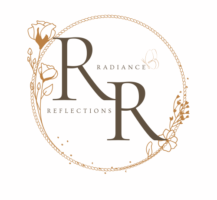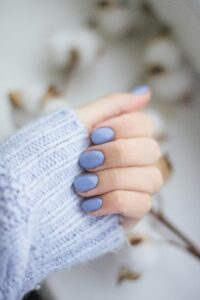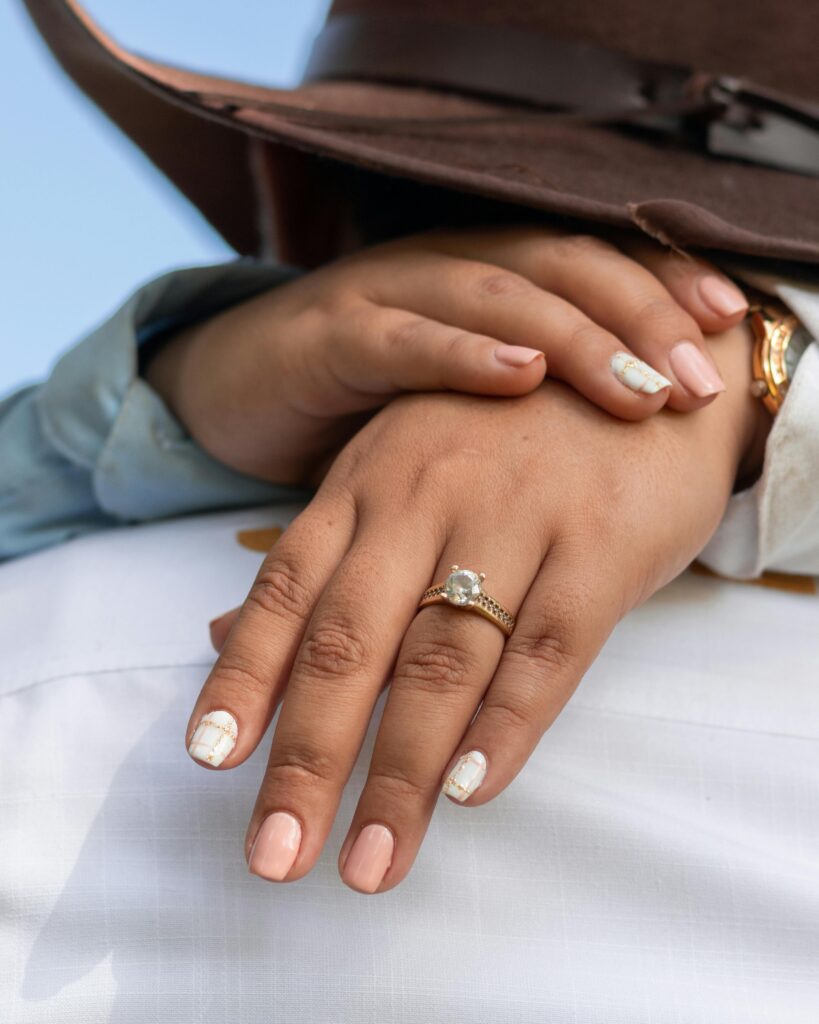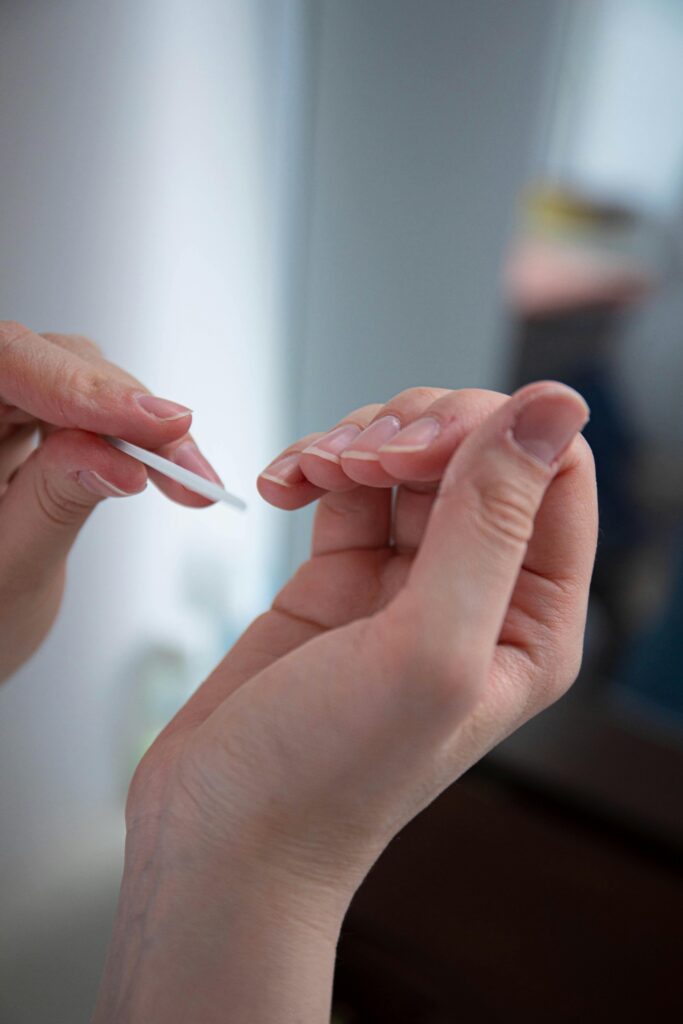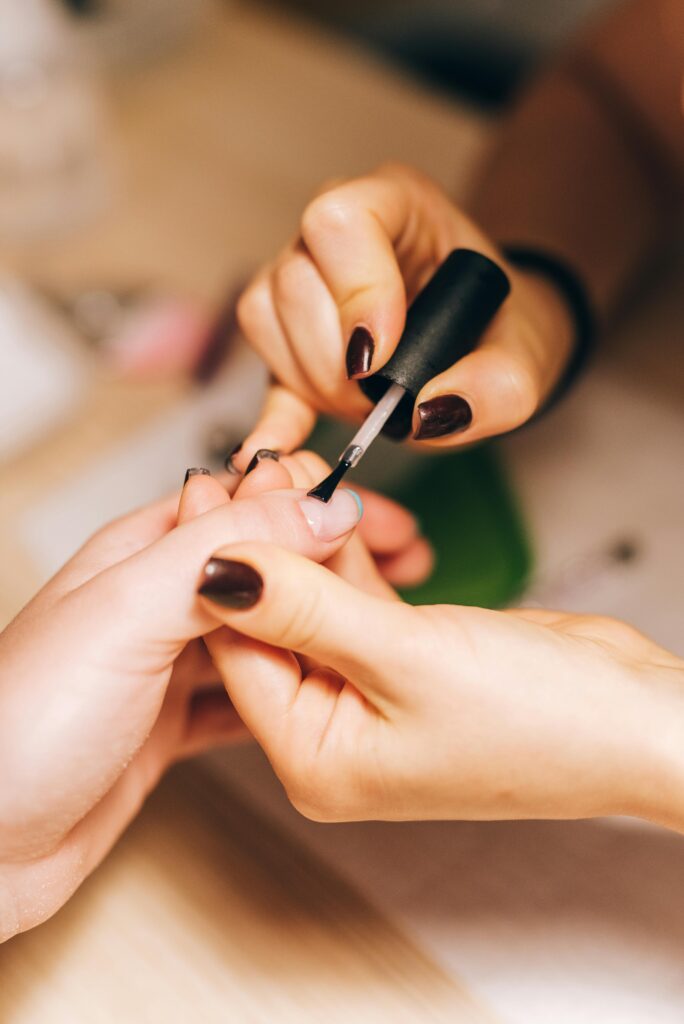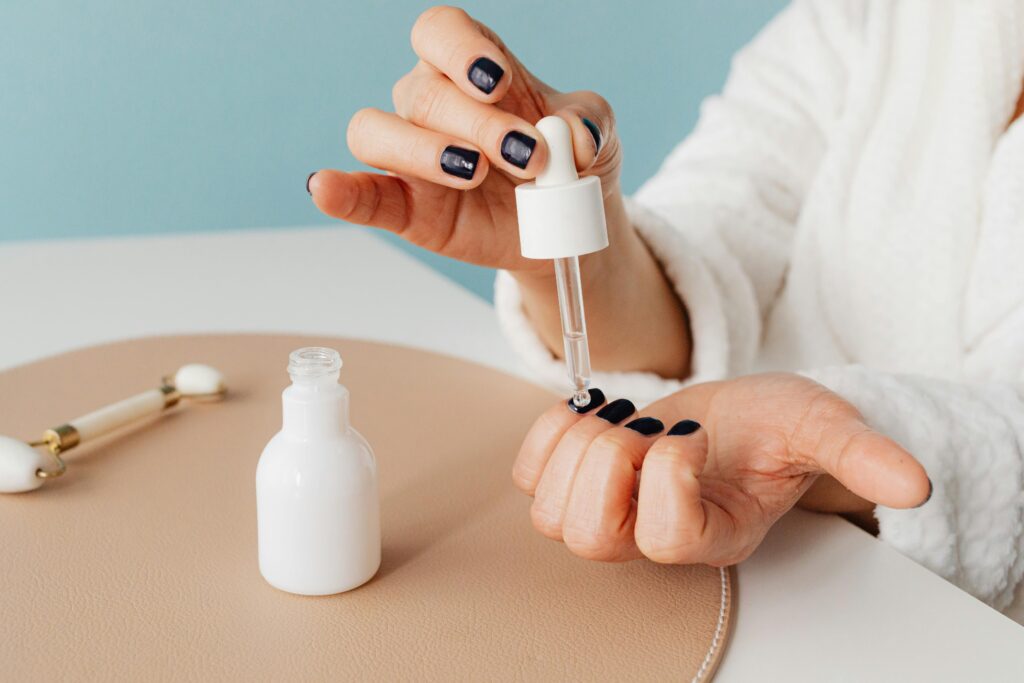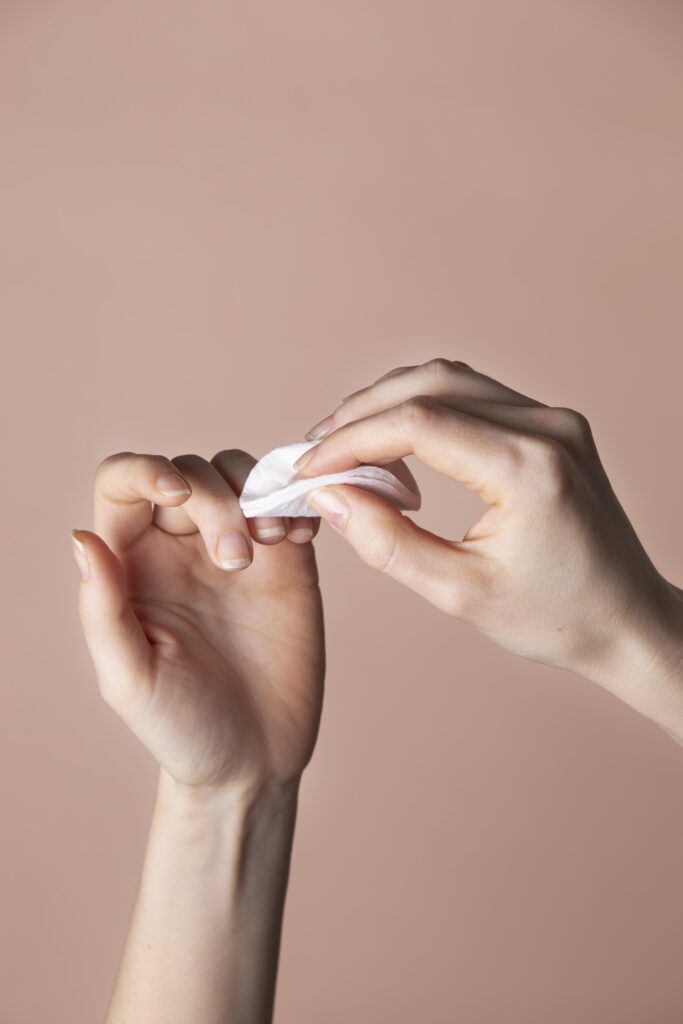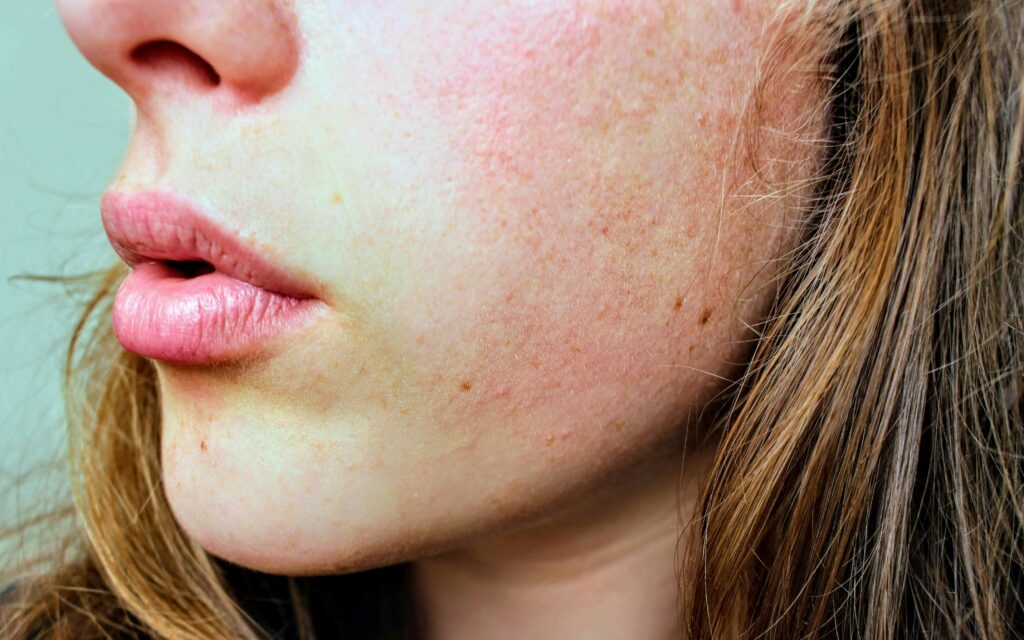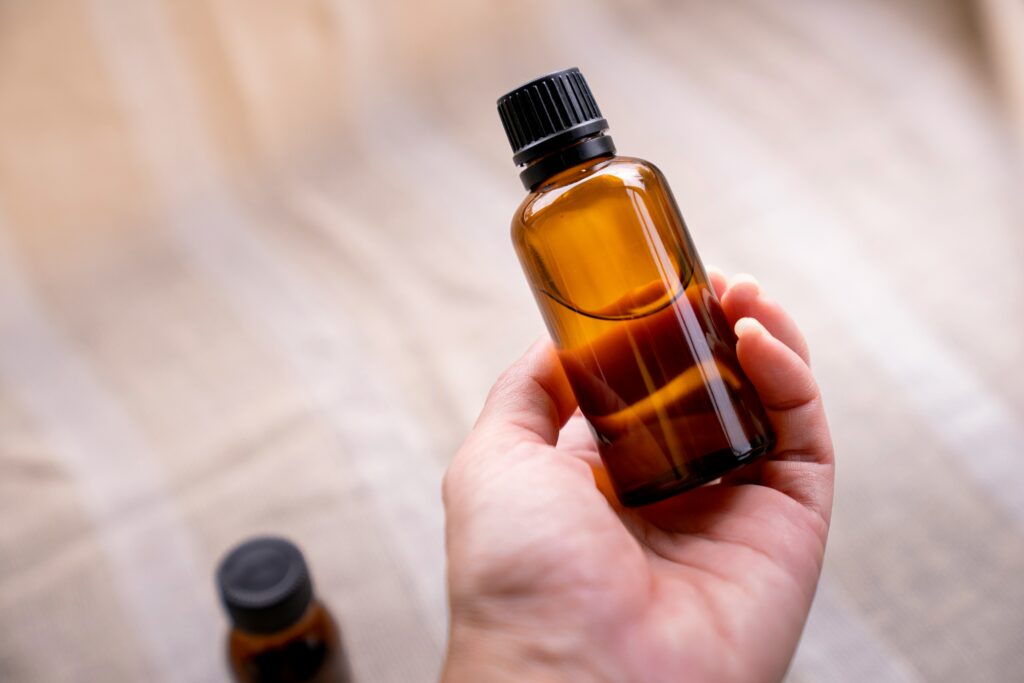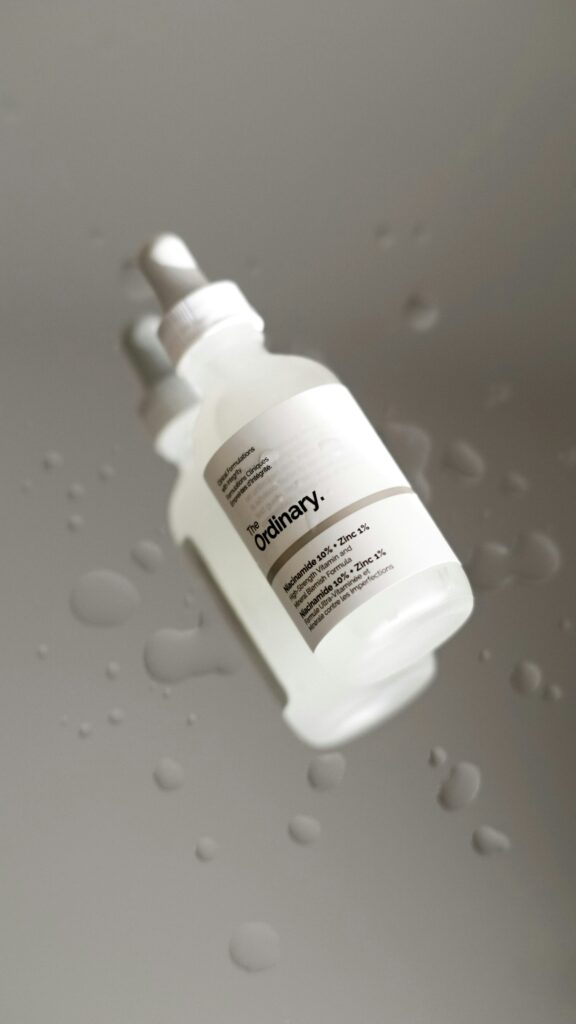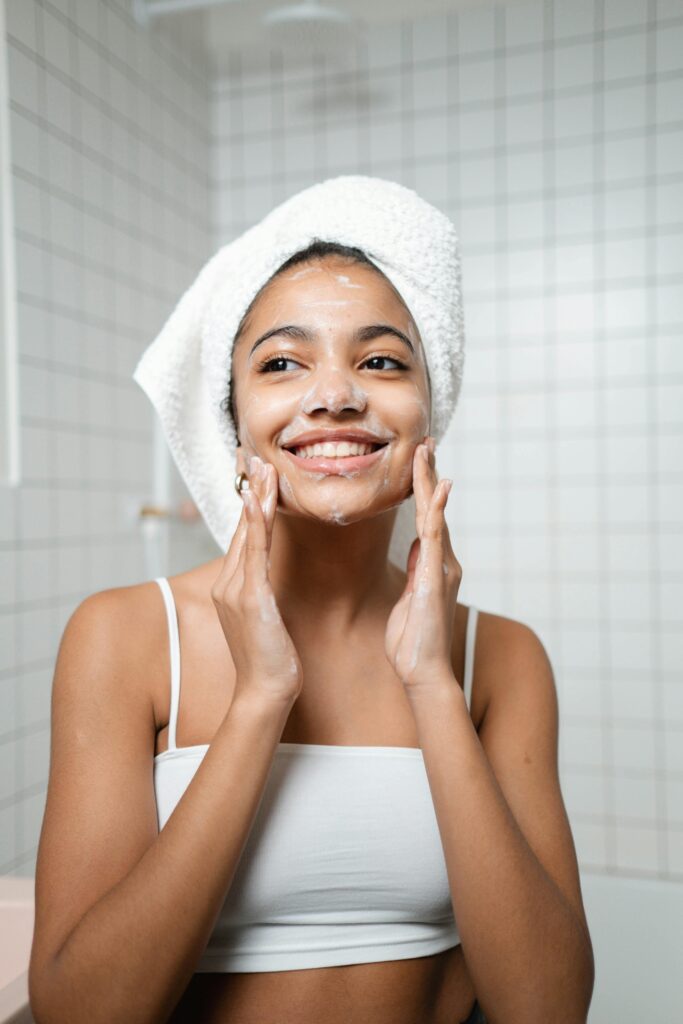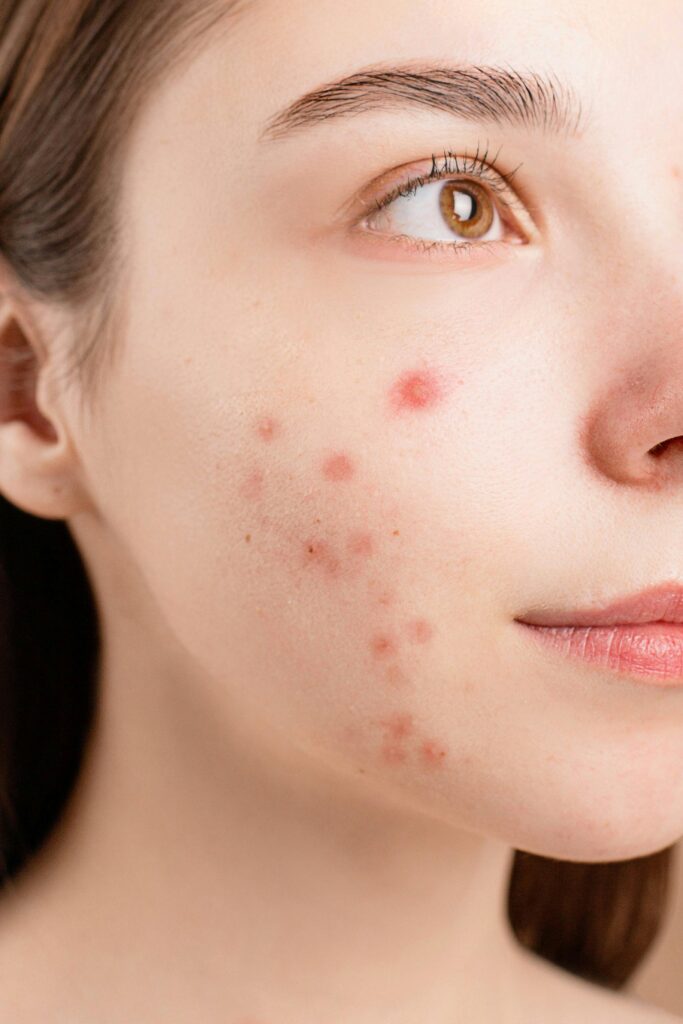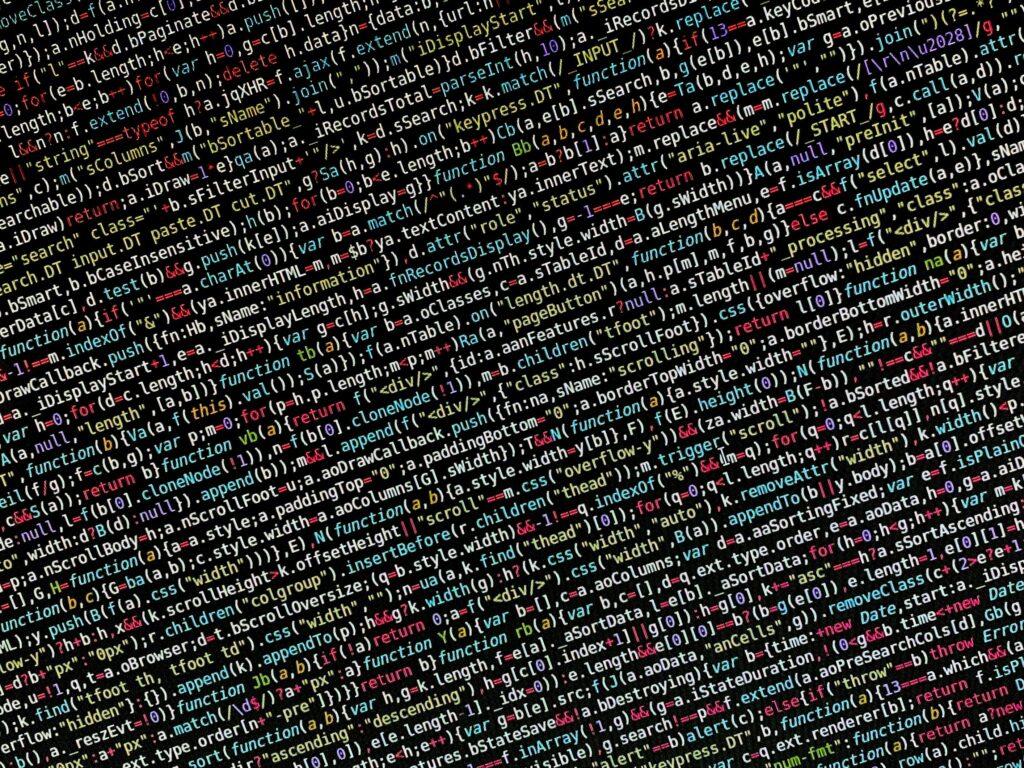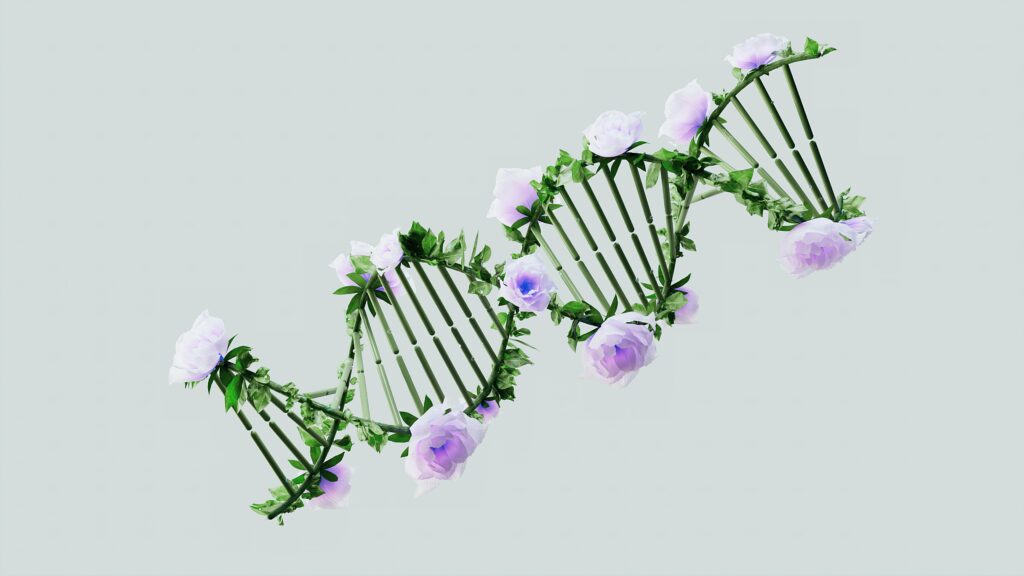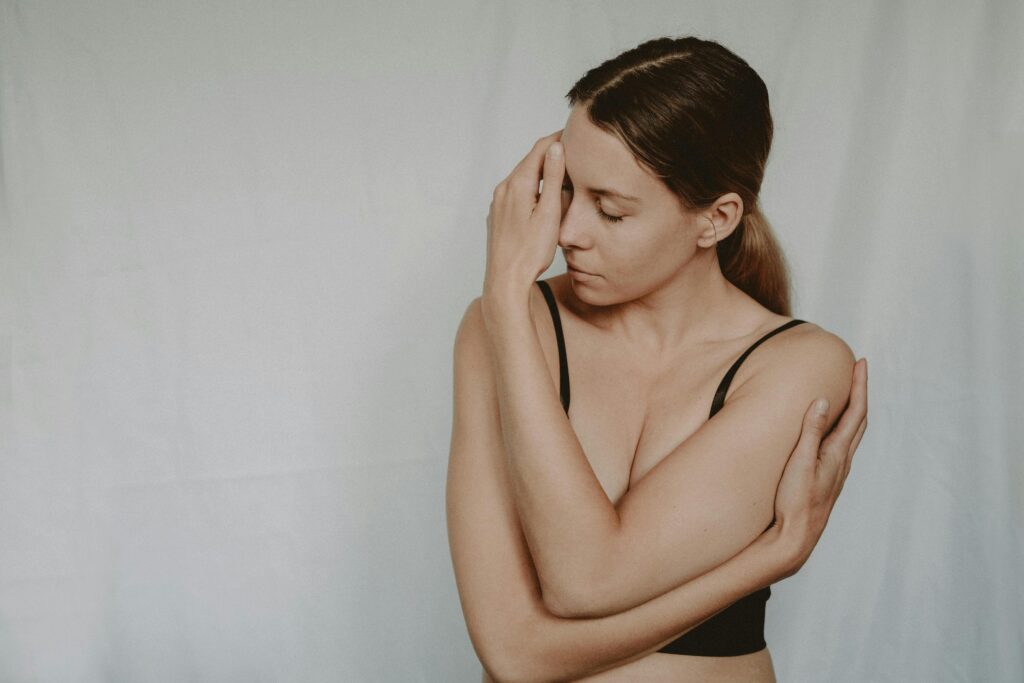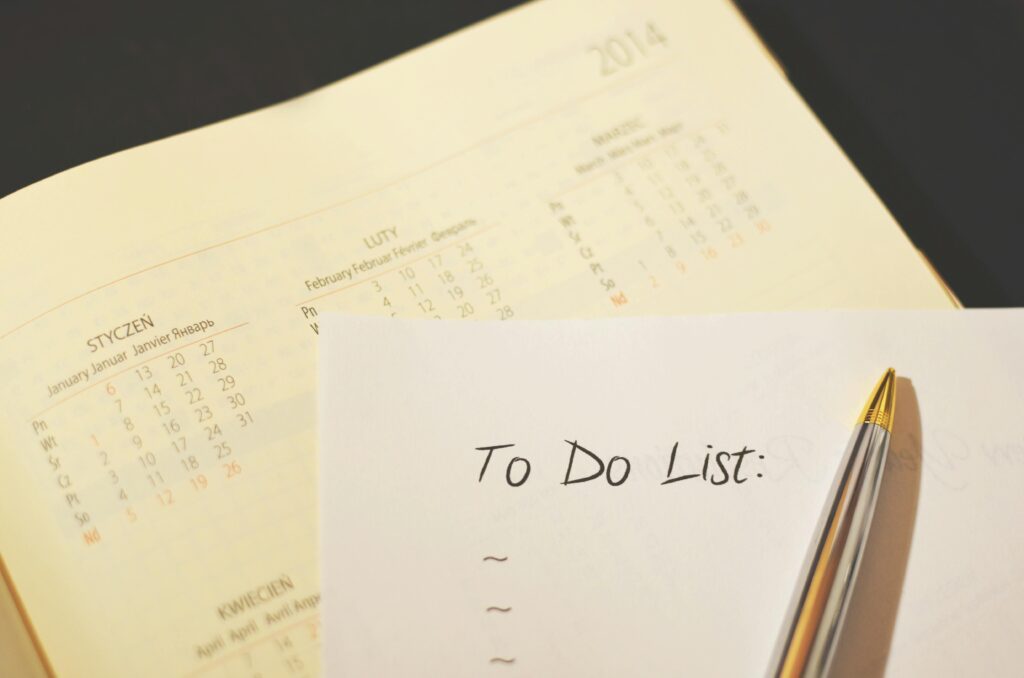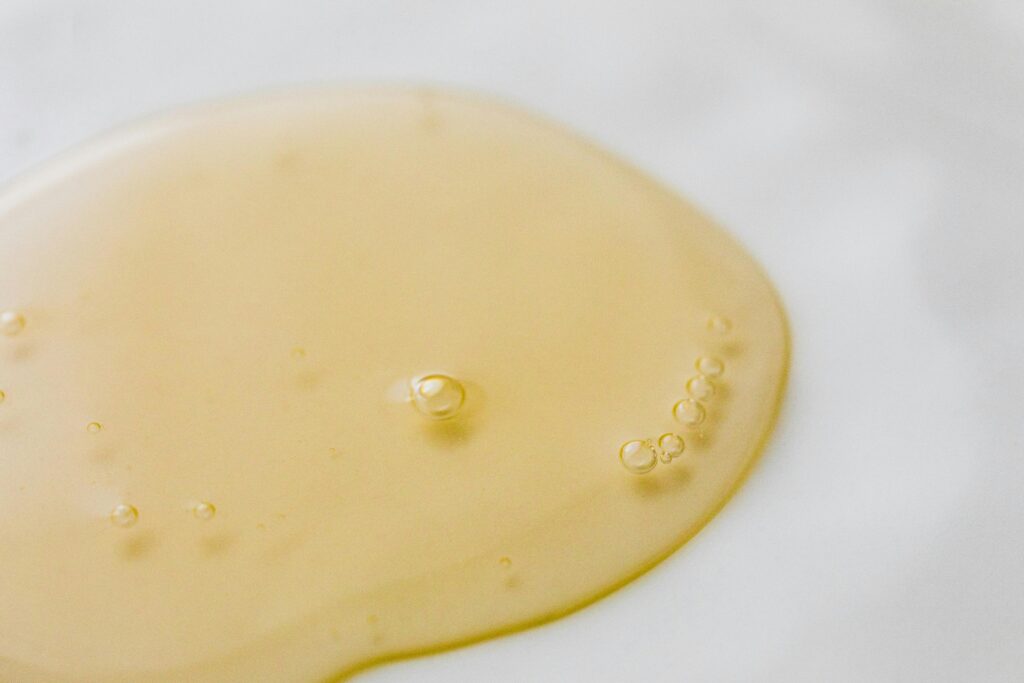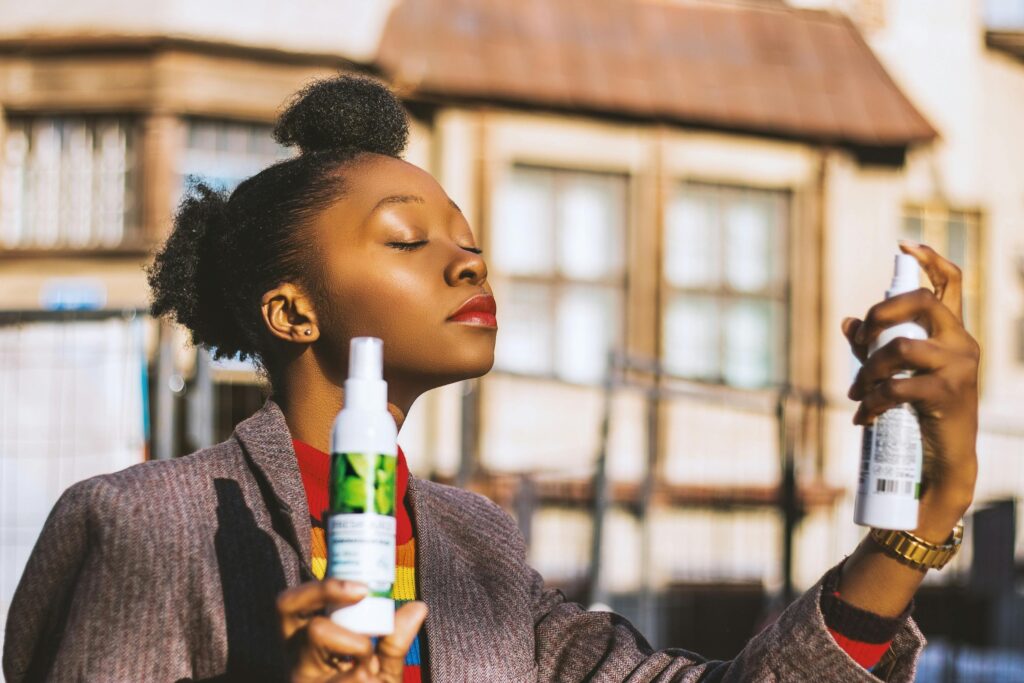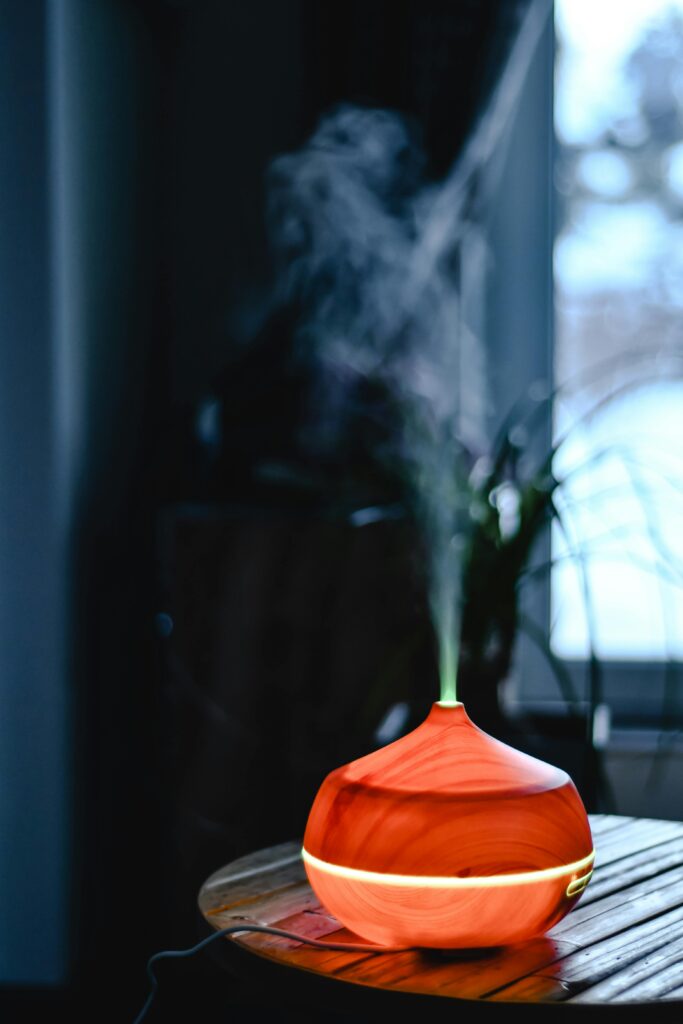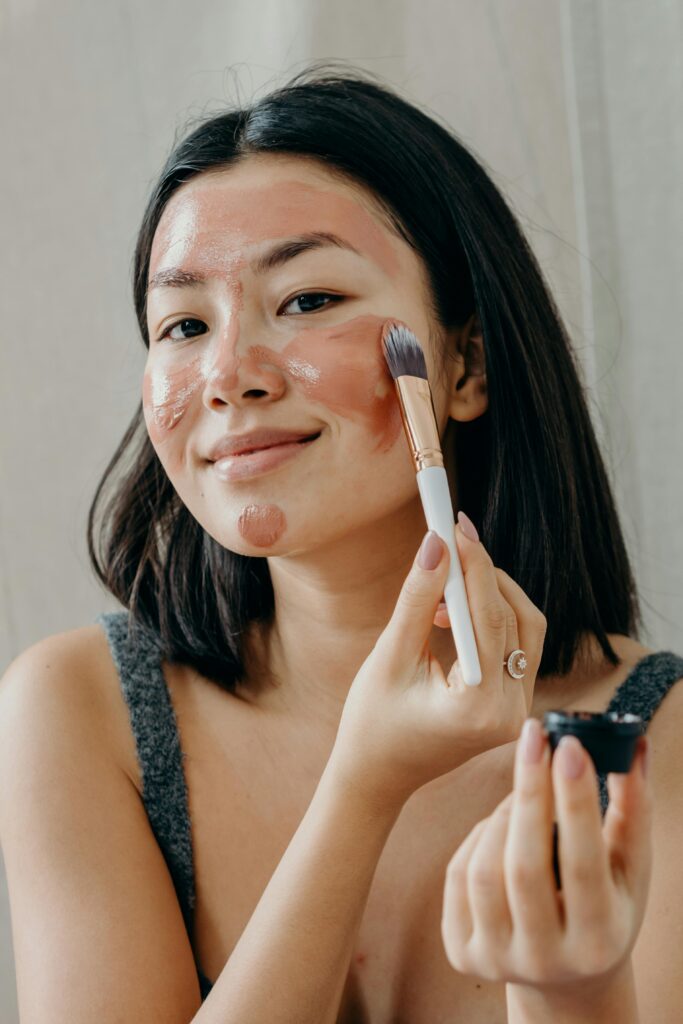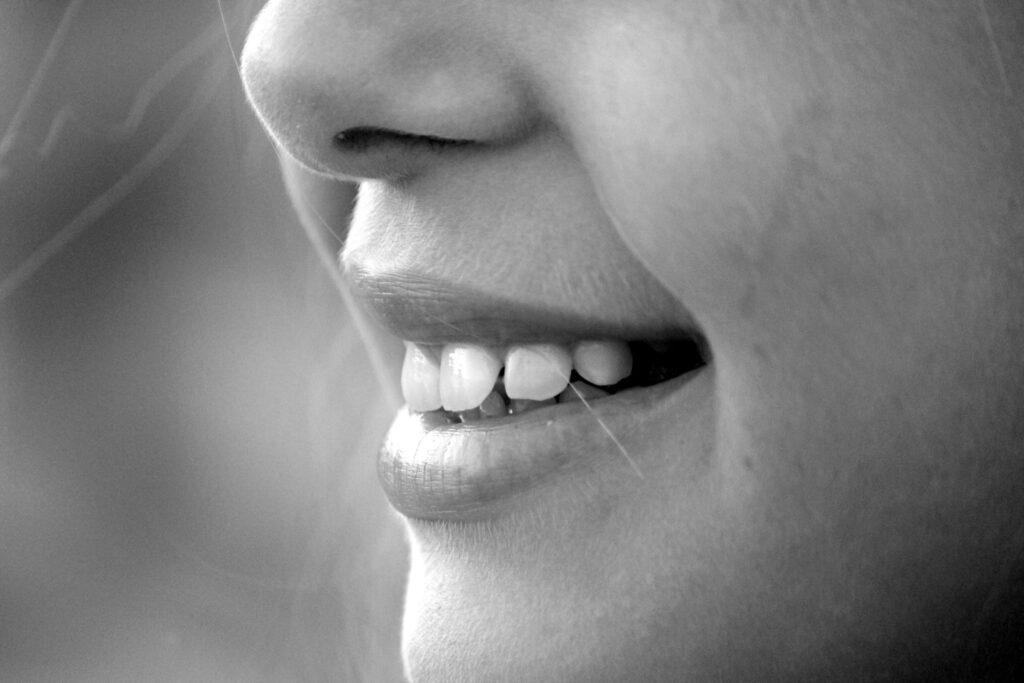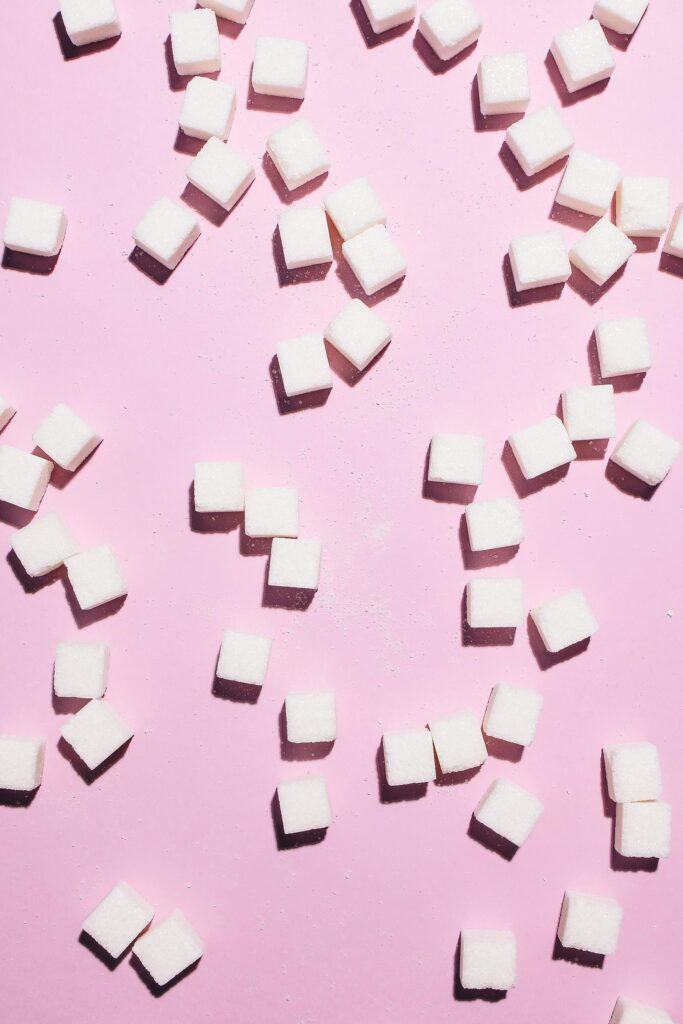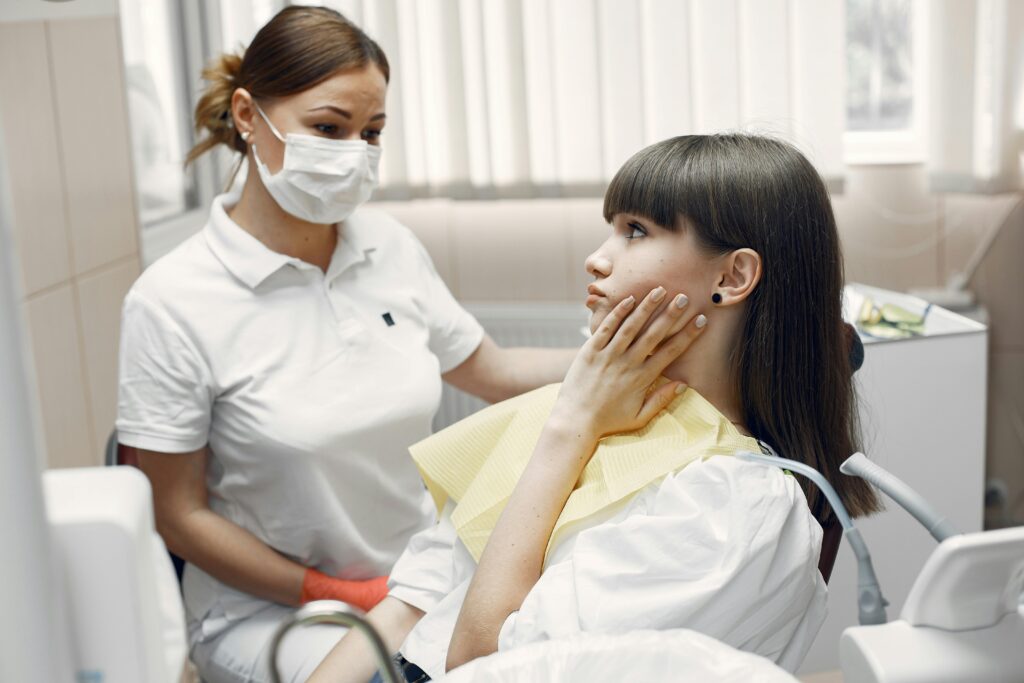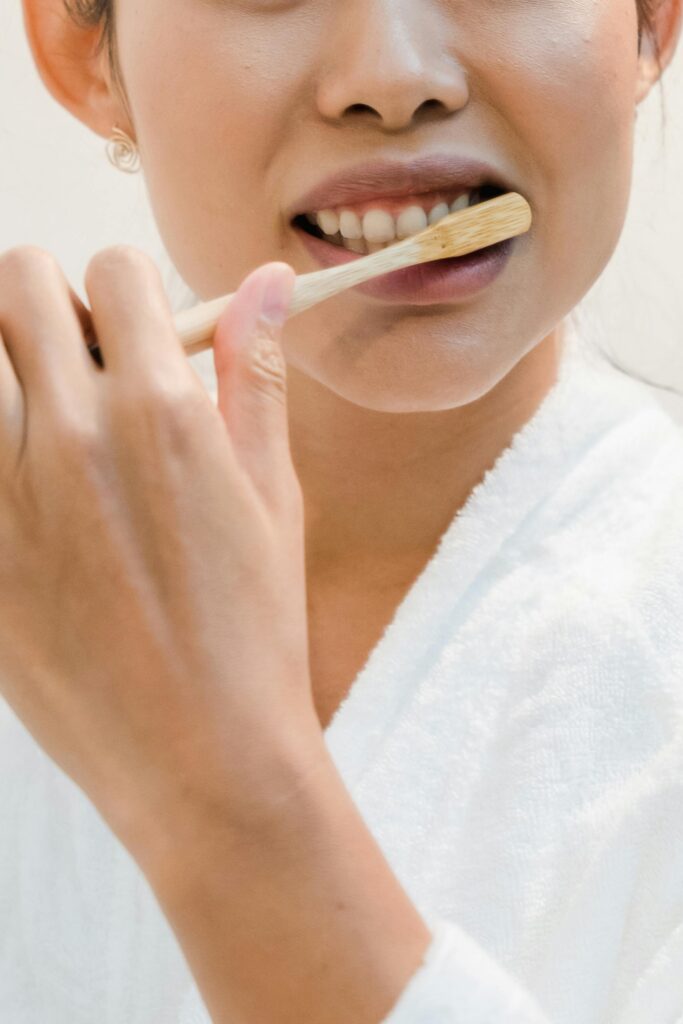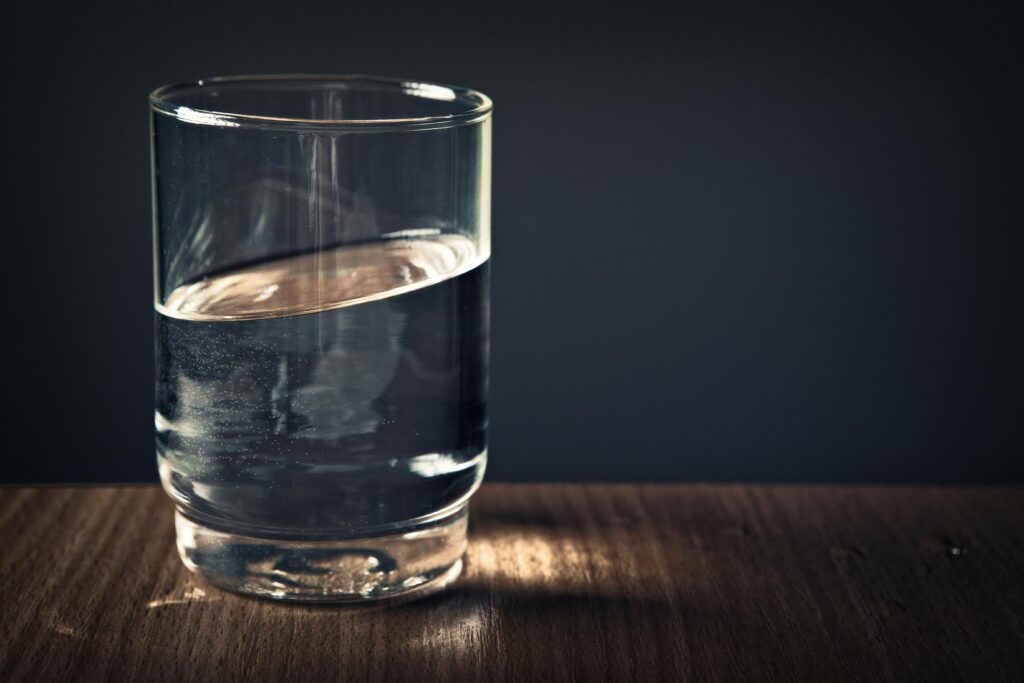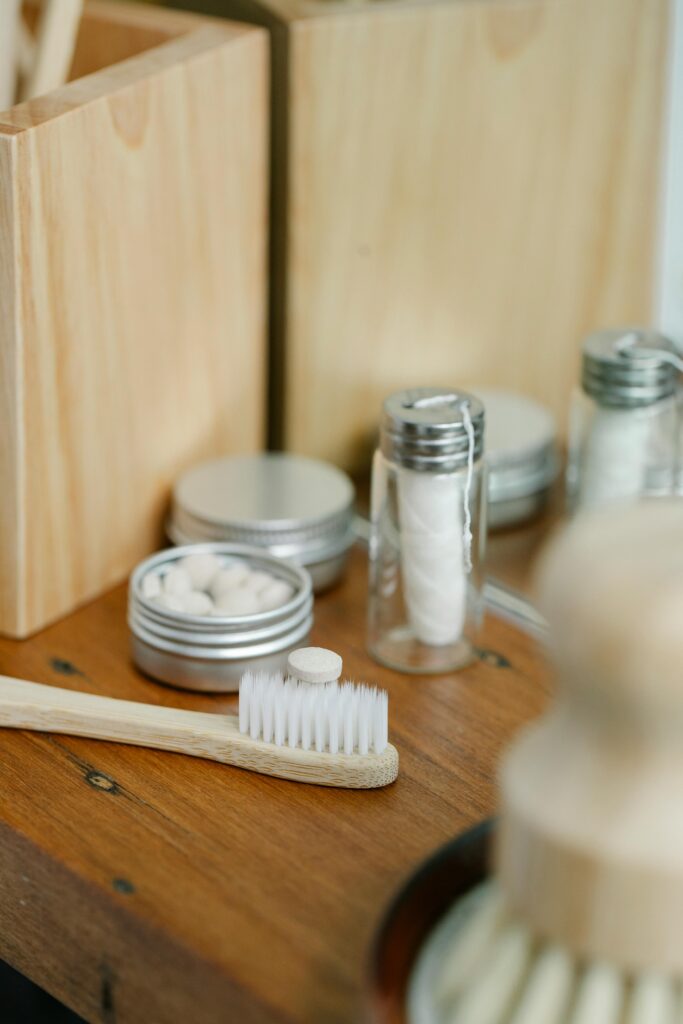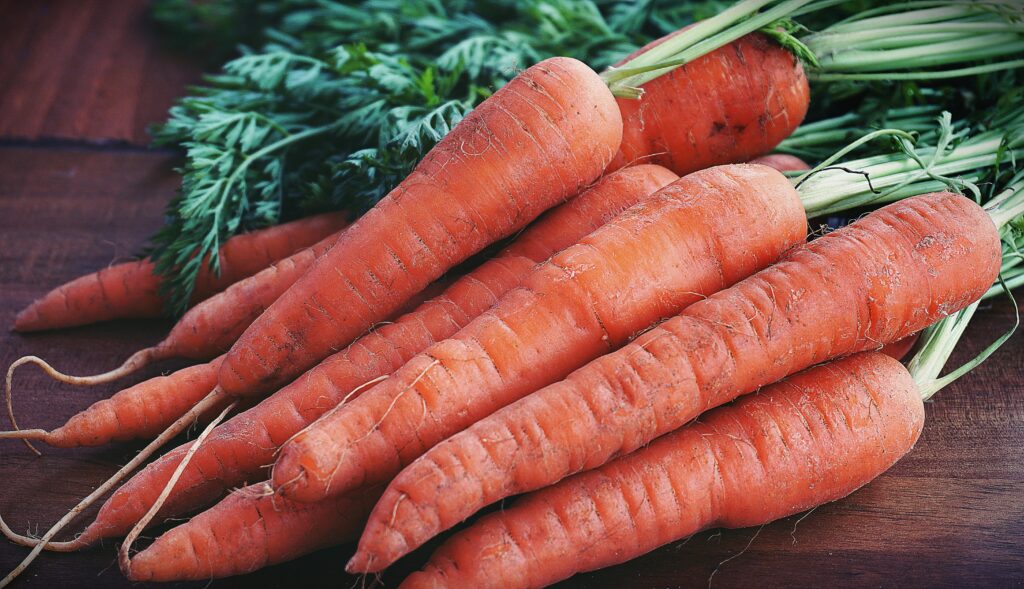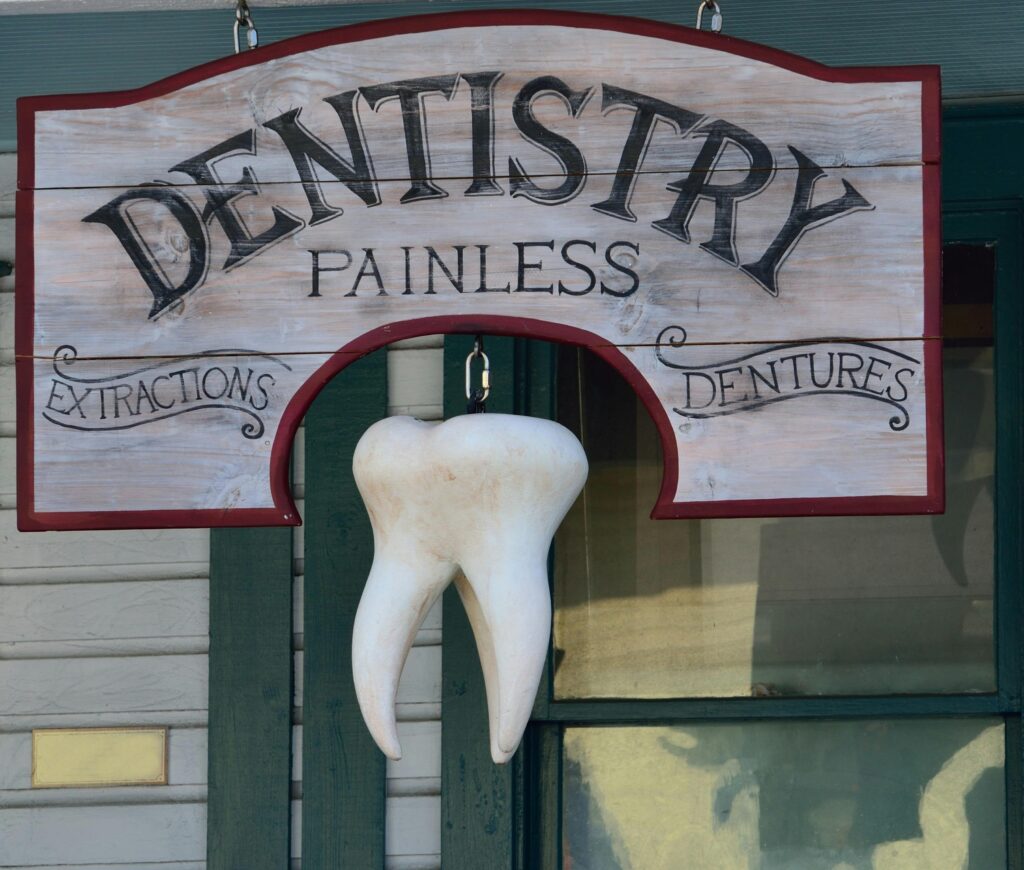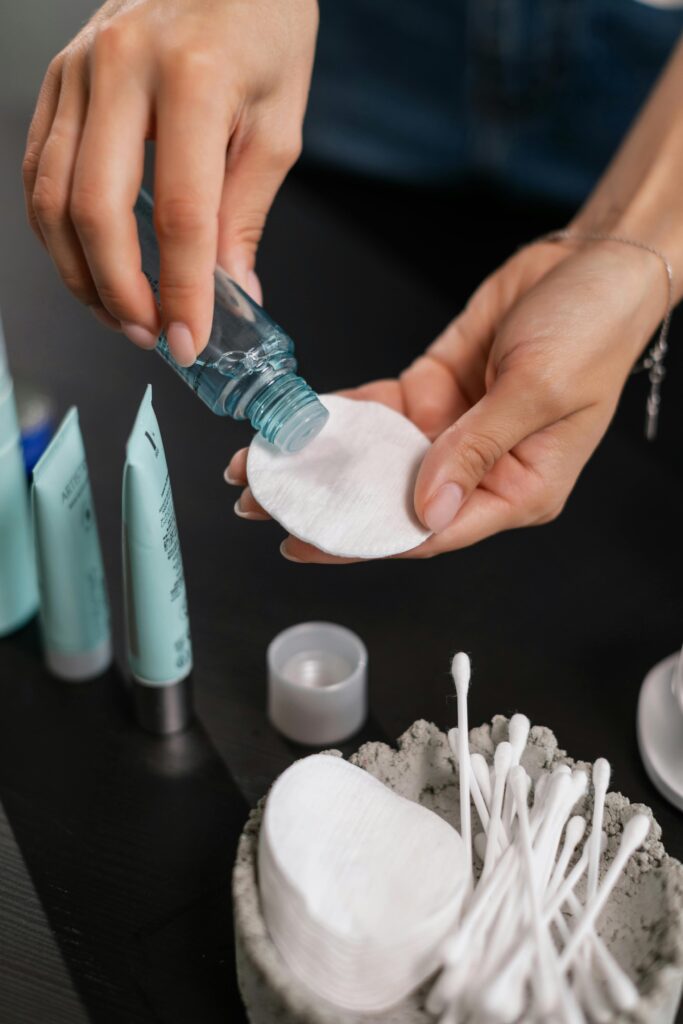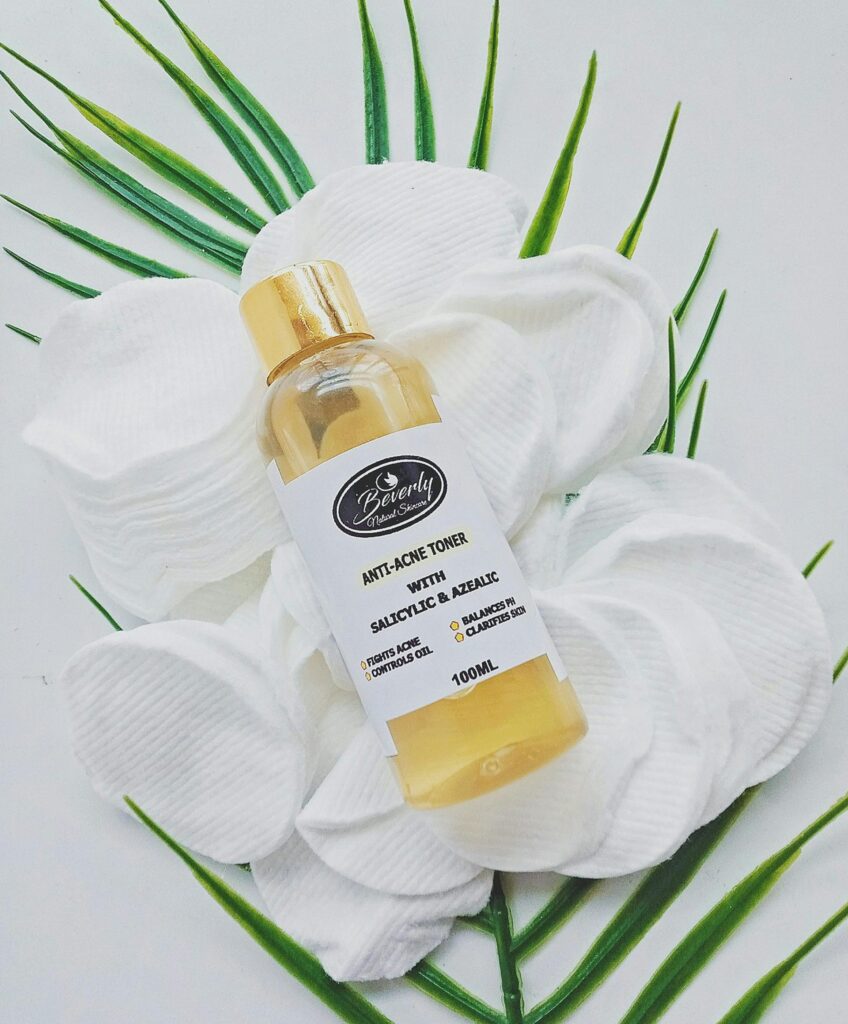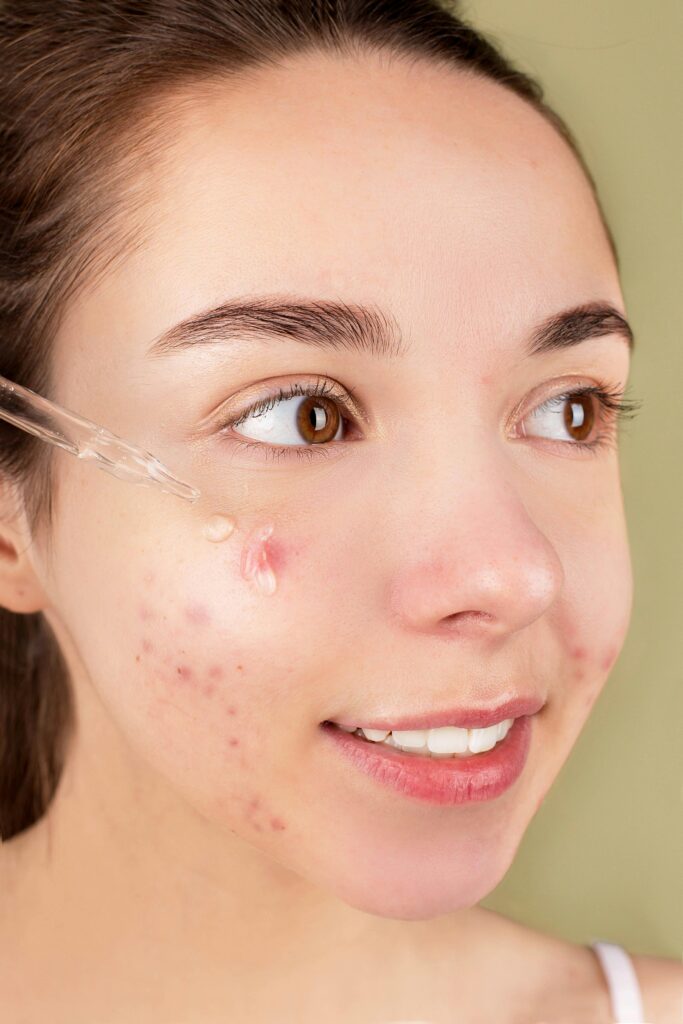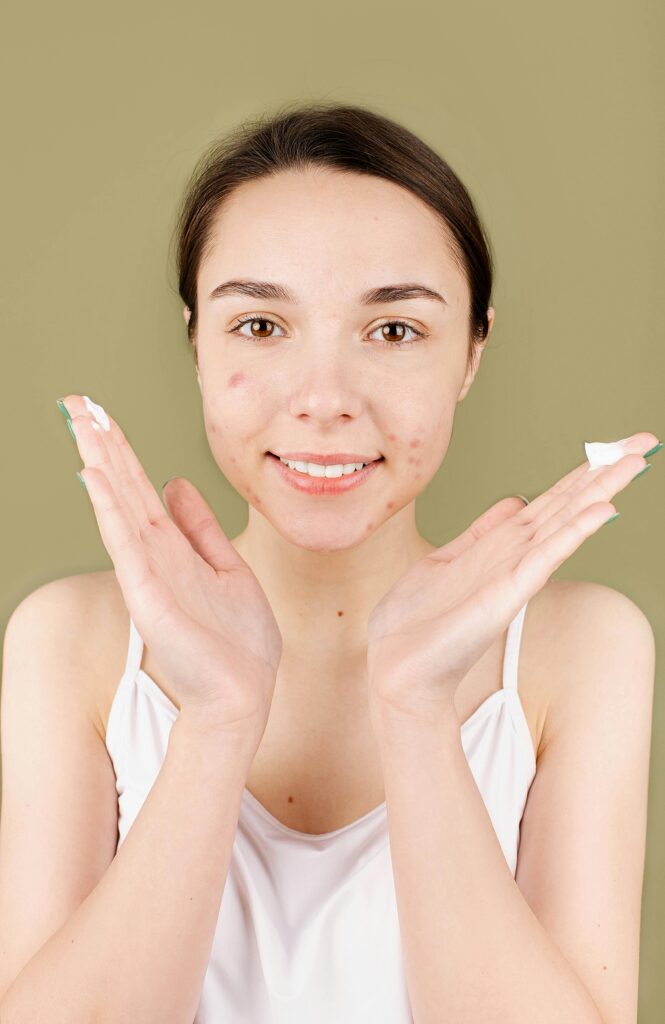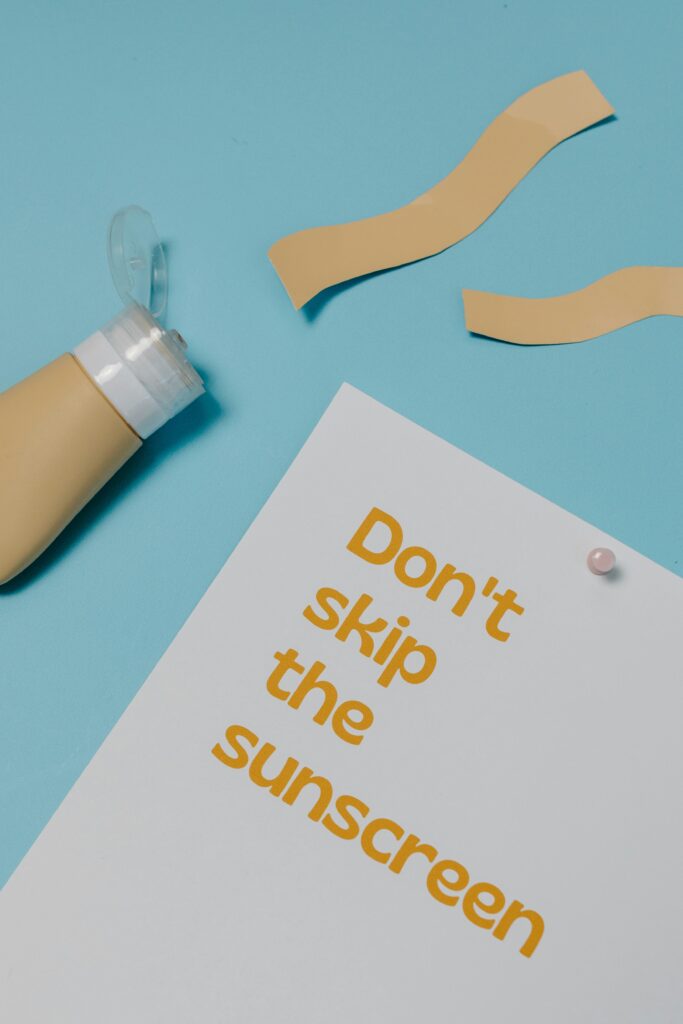Let me set the scene: Me, 3 AM, Googling “is scalp itching a sign of demonic possession?” My hair was a war zone. Flakes rained like confetti at a sad parade. My roots turned greasy by lunchtime. And the itching? Let’s just say I considered duct-taping mittens to my hands. I tried everything—every viral shampoo, every DIY hack, every prayer to the haircare gods. Then I found microbiome shampoos, and suddenly, my scalp went from horror movie to heavenly glow-up.
This isn’t just a review. This is a manifesto. A rallying cry for anyone who’s ever felt betrayed by their own scalp. Buckle up, because I’m about to spill all the tea—with a side of sass.
Chapter 1: My Scalp’s Villain Era (A Tragedy in Three Acts)
Act 1: The Flakepocalypse
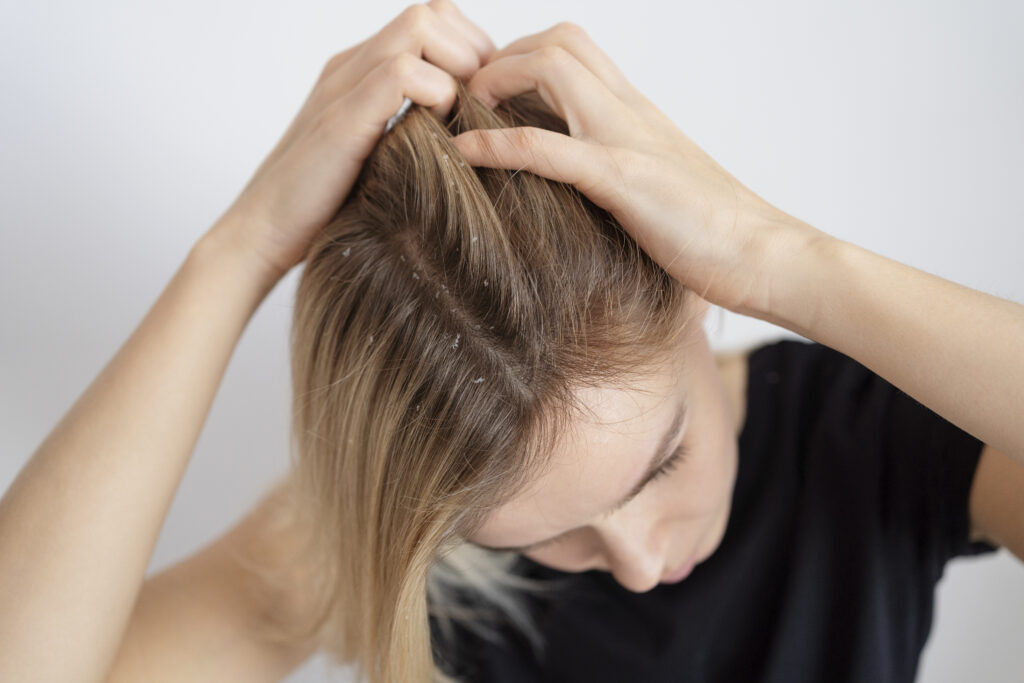
Picture me, mid-Zoom meeting, casually brushing “snow” off my black sweater. My dandruff wasn’t cute. It was aggressive. I’d tried every anti-dandruff shampoo on the shelf—zinc pyrithione, ketoconazole, coal tar. They’d work for a week, then my scalp would revolt like a petulant toddler. Dry patches. Redness. The works.
Act 2: The Grease Chronicles

Then came the oil. Oh, the oil. By noon, my roots looked like I’d dunked my head in fryer grease. Dry shampoo became my emotional support aerosol. But it was a Band-Aid on a bullet wound.
Act 3: The Itch Heard ‘Round the World

The itching drove me to madness. I’d scratch until my scalp burned. My partner joked I sounded like a cricket. I stopped wearing dark colors. Canceled dates. Avoided overhead lighting. I was this close to buzzing it all off.
Chapter 2: The Microbiome Revelation (Science, Simplified for Drama Queens)

Here’s the thing: Your scalp is a freakin’ ecosystem. Think of it like a rainforest—lush, diverse, teeming with bacteria and fungi. But when that balance gets wrecked (thanks to stress, sulfates, or that “clarifying” shampoo you use weekly), chaos reigns. Bad bacteria throw a frat party. Good bacteria bail. Your scalp becomes a barren wasteland of flakes, oil, and regret.
Microbiome shampoos are the bouncers of this party. They kick out the troublemakers (looking at you, Malassezia) and roll out the red carpet for the good guys. No harsh sulfates. No scorched-earth tactics. Just balance.
Why this matters:
- 70% of scalp issues are linked to microbiome imbalance (yes, I Googled that).
- Traditional shampoos? They’re like napalm. They strip EVERYTHING—good, bad, neutral.
- Microbiome shampoos are prebiotic and postbiotic. Translation: They feed the good bacteria and soothe irritation.
Chapter 3: My Microbiome Shampoo Experiment (Spoiler: Life Changed)

I ordered three cult-fave microbiome shampoos. Cue skeptical side-eye. But within two weeks, my scalp did a 180. Here’s the play-by-play:
Week 1: The “Is This a Mirage?” Phase
- Day 3: Less itching. Way less. I didn’t wake up clawing my head.
- Day 5: Flakes started ghosting me. My black turtleneck stayed pristine.
- Day 7: My roots stayed fresh for 48 hours. Not oily. Not dry. Just…normal.
Week 3: The “I’m a New Woman” Era
- My scalp felt cool. No burning. No tightness. Just calm.
- Hair started growing faster. Baby hairs sprouted like weeds.
- I wore my hair down for the first time in months. Cue confidence explosion.
Chapter 4: Why Your Shampoo Sucks (And What to Buy Instead)

Hot take: If your shampoo lathers like a car wash, it’s trash. Sulfates annihilate your microbiome. Fragrance? Irritates. Harsh surfactants? Bye, moisture barrier.
My microbiome shampoo hall of fame:
- 107 Scalp Purifying Microbiome Shampoo – Microbiome Miracle
- Pricey but worth it. Silky lather, and my scalp drinks it up.
- Results: 10/10 glow. Hair feels thicker, roots stay clean.
- AG Care Balance Apple Cider Vinegar Sulfate-Free Shampoo – Balance Boost
- For sensitive scalps. No fragrance, no nonsense.
- Fixed my redness in days. Holy grail status.
- Nature Sustained – Probiotic Powerhouse
- Budget-friendly. Smells like a spa.
- Perfect for maintenance once your scalp chills out.
Dishonorable mentions: Drugstore “dandruff” shampoos. They’re a toxic ex—great short-term, traumatizing long-term.
Chapter 5: The Emotional Glow-Up (No Cap)

Let’s get vulnerable: Scalp struggles wrecked my confidence. I avoided mirrors. Hid behind beanies. Felt like my body was betraying me.
But microbiome shampoos? They gave me my joy back. Now I’m that girl flipping her hair in slow motion. Running fingers through it without fear. Posting selfies without Facetune-ing my scalp. It’s not vanity—it’s freedom.
Chapter 6: FAQs (Because I Know You’re Skeptical)

Q: How long until I see results?
A: Give it 2-4 weeks. Your scalp needs time to heal. Trust the process.
Q: Can I use this with curly/color-treated hair?
A: Yes! Most are sulfate-free and color-safe. Double-check labels.
Q: What about price?
A: Look, therapy is $200/hour. These shampoos are cheaper and fix root causes (pun intended).
Final Rant: Join the Microbiome Cult (Or Stay Itchy, IDC)
Let’s be real: The beauty industry thrives on quick fixes. But microbiome care isn’t a trend—it’s the future. This is healthcare for your scalp.
If you’re still scrubbing with that neon-orange shampoo from 2015, you’re doing your scalp dirty. Upgrade. Your future self (and your hair stylist) will thank you.
P.S. Drop your scalp horror stories or holy grails below. Let’s build a tribe of flake-free, confident-haired queens. 👑
